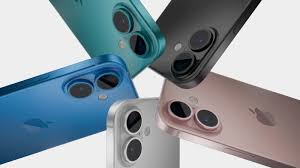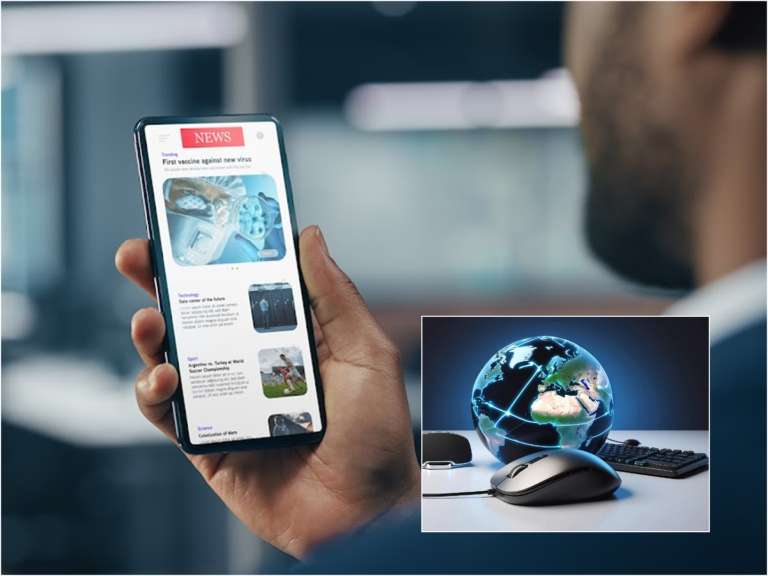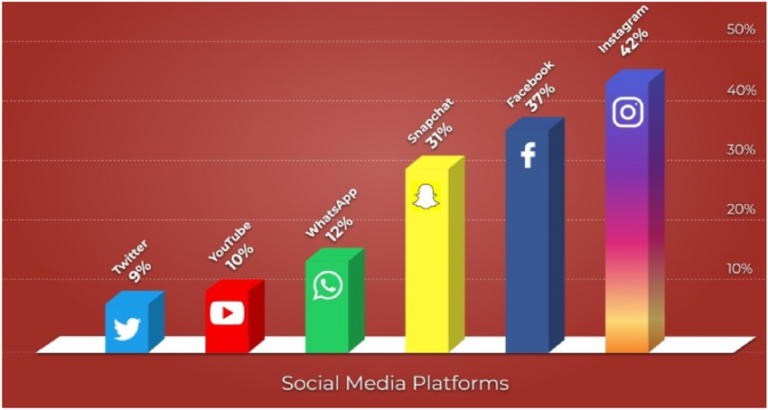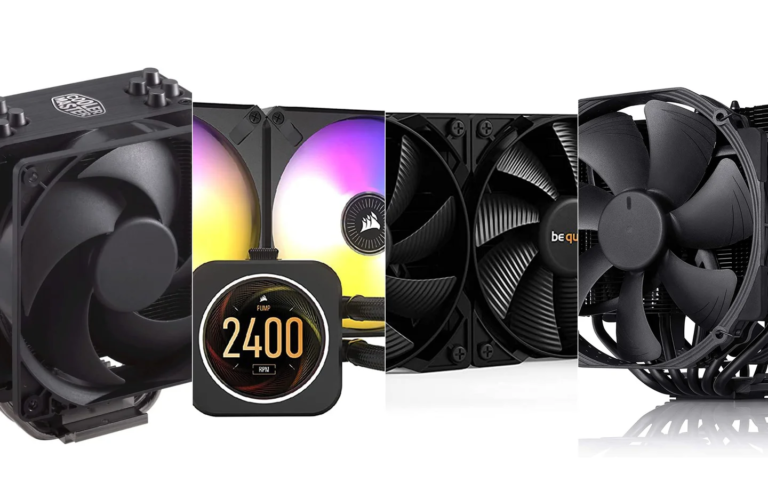Which iPhone 16 Model Is Worth Buying?

With the release of the iPhone 16 lineup, Apple offers a range of models to suit different needs and budgets: the iPhone 16, iPhone 16 Plus, iPhone 16 Pro, and iPhone 16 Pro Max.
With multiple options available, from the base iPhone 16 to the Pro and Pro Max versions, deciding which one is worth buying can be tricky. This guide breaks down the key differences to help you choose the model that best fits your lifestyle.
Unveiling the iPhone 16 New Features
People who said the changes were “incremental” probably have not dived deep into the iPhone 16 series’s new features. Here’s a quick look at some of the highlights:
A18 and A18 Pro Bionic Chips
These next-gen processors are worth the upgrade, delivering even faster performance and better power efficiency. This makes the iPhone 16 lineup ideal for multitasking, gaming, and handling complex tasks like video editing and 3D rendering.
They also complement well with other technologies in the iPhones, such as MagSafe, allowing for efficient wireless charging and accessories such as an iPhone 16 case.
ProMotion Display
While only available on the iPhone 16 Pro and Pro Max, the 120Hz ProMotion display ensures smoother scrolling, gaming, and video playback. It adapts to the content you’re viewing, offering a fluid experience.
Camera Upgrades
The iPhone 16 Pro models introduce a periscope zoom lens, providing improved long-range photography capabilities. Combined with enhancements in low-light performance, this makes the iPhone 16 a powerful tool for photographers and videographers.
Camera Control Button
A new dedicated camera button makes it easier to capture photos and videos on the go, a feature appreciated by anyone who uses their iPhone as their primary camera.
Battery Life Improvements
While the battery improvements aren’t groundbreaking, the iPhone 16 lineup offers slightly better battery performance, especially in the Pro Max model, which benefits from both a larger battery and better power management with the A18 Pro chip.
Apple Intelligence
Apple’s latest AI-driven features are more integrated than ever, making Siri smarter and more intuitive. This allows for better predictive typing, improved app suggestions, and enhanced on-device processing for tasks like facial recognition and real-time translation.
These new features make the iPhone 16 models not just faster, but more capable of handling a variety of tasks efficiently, ensuring a smoother and more enjoyable user experience across the board.
Key Factors to Consider When Choosing an iPhone 16 Model
1. iPhone 16: The Solid Standard
The iPhone 16 is the base model and is ideal for users who want a high-performing device without all the bells and whistles of the Pro versions. It comes with the latest A18 and A18 Pro Bionic chips, a slightly larger battery than its predecessor, and a vibrant 6.1-inch OLED display.
The iPhone 16 delivers excellent performance for everyday tasks, such as browsing, streaming, and photography, but it lacks some advanced features like ProMotion and LiDAR.
Who should buy it?
- Casual users who don’t need the extra power of the Pro models.
- Those who prefer a smaller, more manageable phone.
- People looking for a high-quality iPhone without spending too much.
2. iPhone 16 Plus: Bigger Screen, Bigger Battery
For users who prefer a larger display, the iPhone 16 Plus offers a 6.7-inch screen and a bigger battery. This model is great for media consumption, gaming, and productivity tasks that benefit from extra screen space. The battery life is also significantly longer than the standard iPhone 16, making it a better choice for heavy users or those who are constantly on the go.
Who should buy it?
- Those who enjoy streaming content or gaming on a bigger screen.
- Users who prioritize battery life and need their phone to last longer on a single charge.
- People who don’t necessarily need the advanced camera features of the Pro models but want a larger display.
3. iPhone 16 Pro: Powerhouse Performance
The iPhone 16 Pro is where things start to get interesting for power users, with a new 6.7 inches screen. It features the A18 Pro chip, which offers enhanced processing power for demanding tasks like video editing, 3D rendering, and gaming.
The 120Hz ProMotion display provides smoother scrolling and improved visuals, while the triple-camera system (with LiDAR) allows for more advanced photography and AR applications.
Who should buy it?
- Photographers, content creators, and gamers who need top-tier performance.
- Users who want the ProMotion display for smoother visuals.
- People who frequently use AR apps or require advanced camera features like night mode and LiDAR scanning.
4. iPhone 16 Pro Max: The Ultimate iPhone Experience
The iPhone 16 Pro Max offers everything the Pro does but with a larger 6.9-inch display and an even bigger battery. It’s the go-to model for users who want the best of the best, whether it’s for productivity, content creation, or multimedia consumption.
The Pro Max also has a periscope zoom lens for even better long-range photography, making it ideal for capturing detailed shots from afar.
Who should buy it?
- Power users who want the biggest screen and longest battery life.
- Professional photographers and videographers who need the best camera system available.
- Users who prioritize performance and don’t mind paying a premium for the top-tier iPhone.
Conclusion
So, which iPhone 16 model is worth buying? It depends on your needs. The standard iPhone 16 is perfect for casual users who want a solid phone without the Pro features. The iPhone 16 Plus is great for those who need more screen space and battery life. If you’re a power user or creative professional, the iPhone 16 Pro offers the best mix of performance and advanced features. And for those who want the ultimate iPhone experience, the iPhone 16 Pro Max is the top choice, combining cutting-edge technology with unmatched display and camera capabilities.





